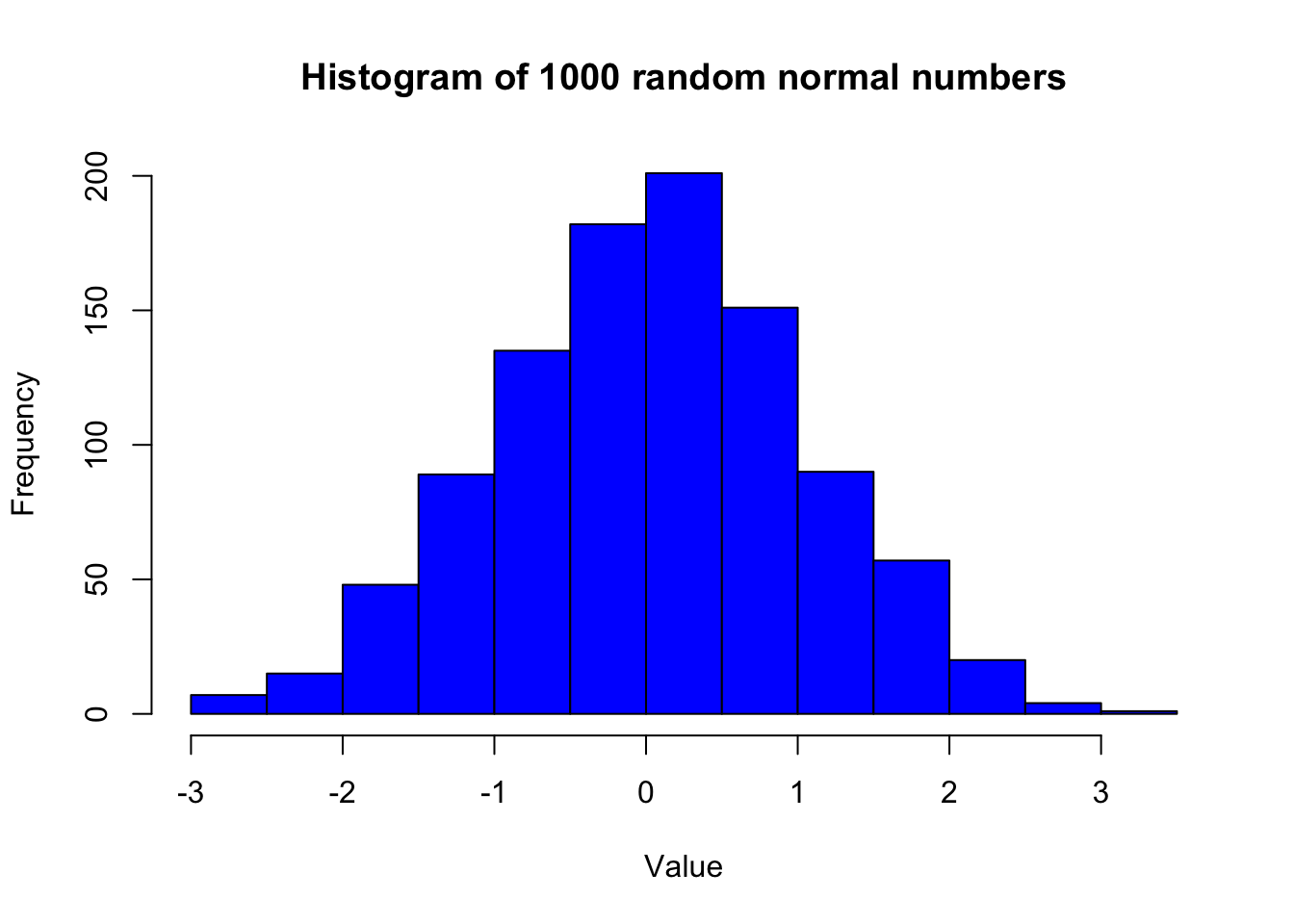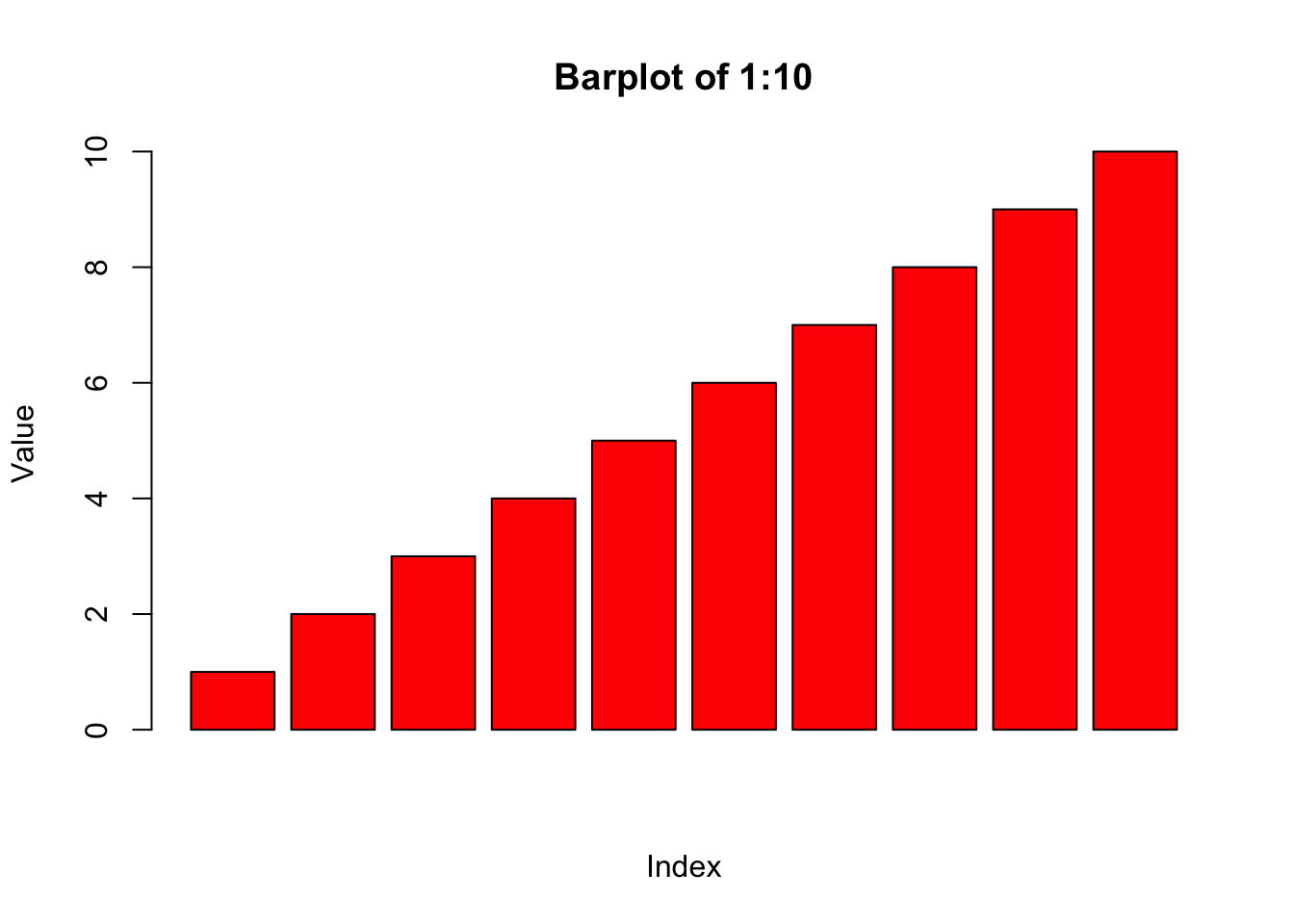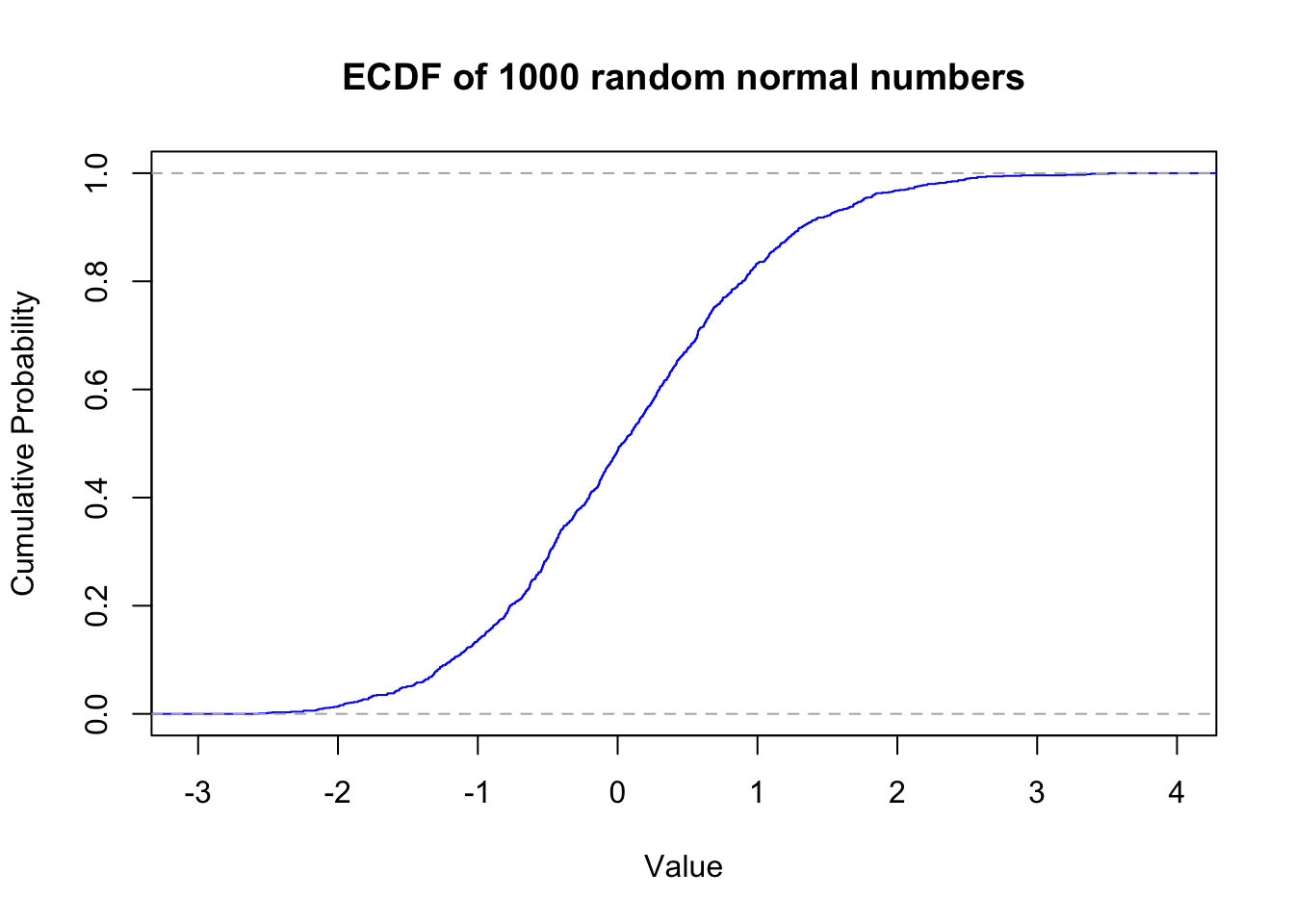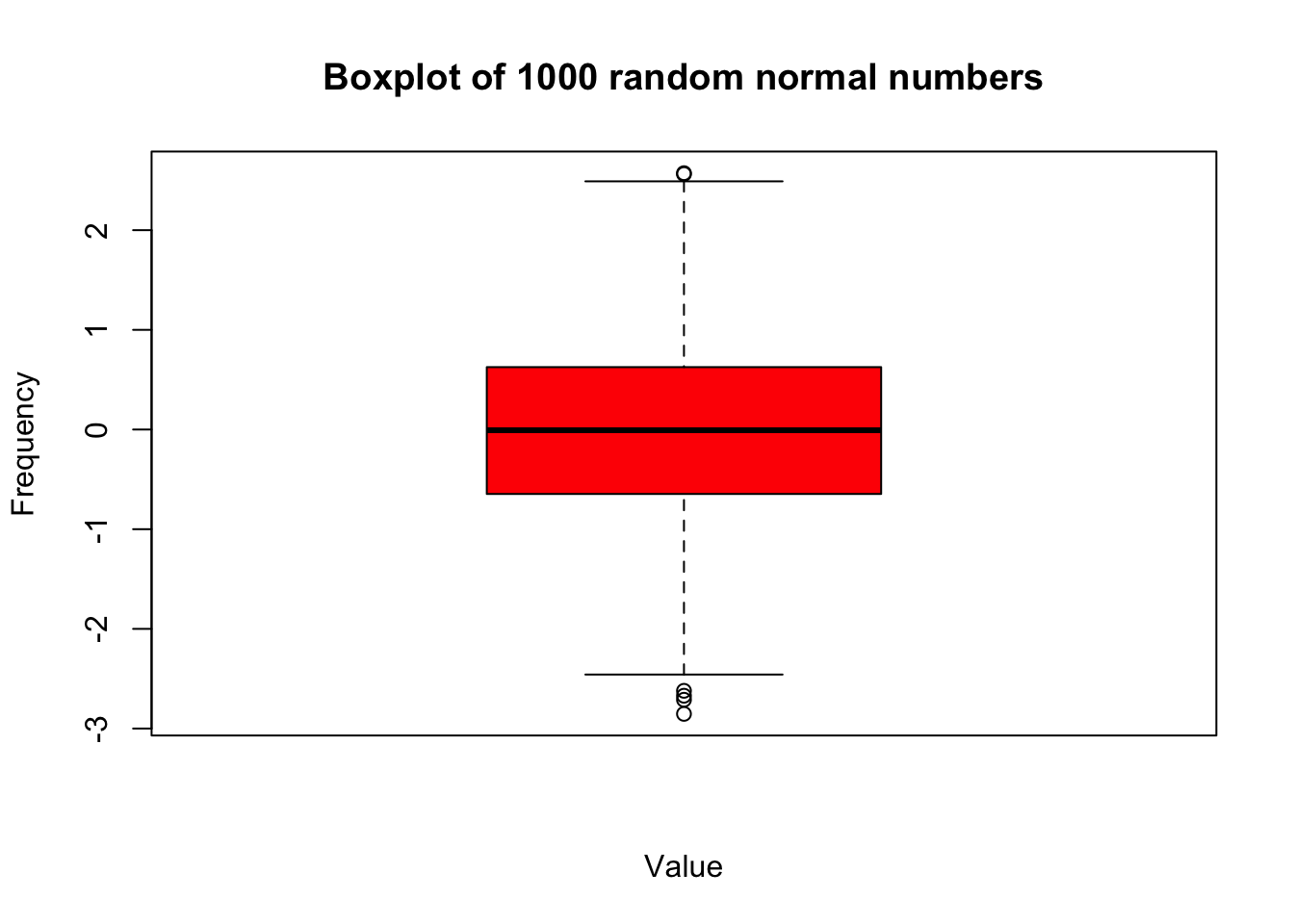# Generate a sequence of numbers from 1 to 20 with a step of 2
print(seq(1, 20, 2)) [1] 1 3 5 7 9 11 13 15 17 19Peter Nutter
Sunday, April 14, 2024
[1] 1 3 5 7 9 11 13 15 17 19 [1] 1 2 3 4 5 6 7 8 9 10 11 12 13 14 15 16 17 18 19 20[1] 0.78997690 0.52227519 0.67701569 0.28452173 0.07227832[1] 1.644854[1] "/Library/Frameworks/R.framework/Versions/4.3-arm64/Resources/library/stats/help/TDist"[1] 0.9607819[1] 0.3678794
FALSE TRUE
25 25 [1] TRUE[1] TRUE[1] 0.07365403 [,1] [,2]
[1,] 1 4
[2,] 2 5
[3,] 3 6 [,1] [,2]
[1,] 1 2
[2,] 3 4
[3,] 5 6 [,1] [,2] [,3]
[1,] 0 0 0
[2,] 0 0 0 [,1] [,2]
[1,] 0 0
[2,] 0 0 [,1] [,2]
[1,] -2 1.5
[2,] 1 -0.5



